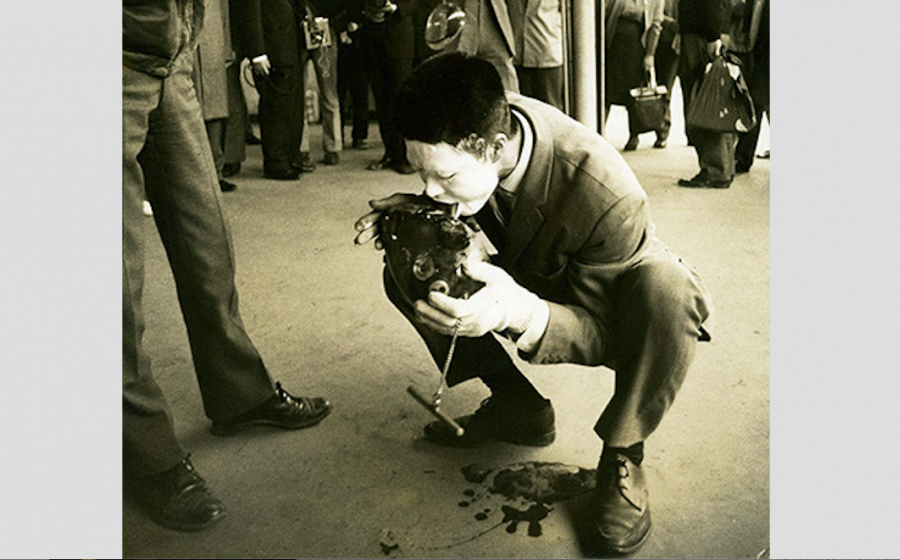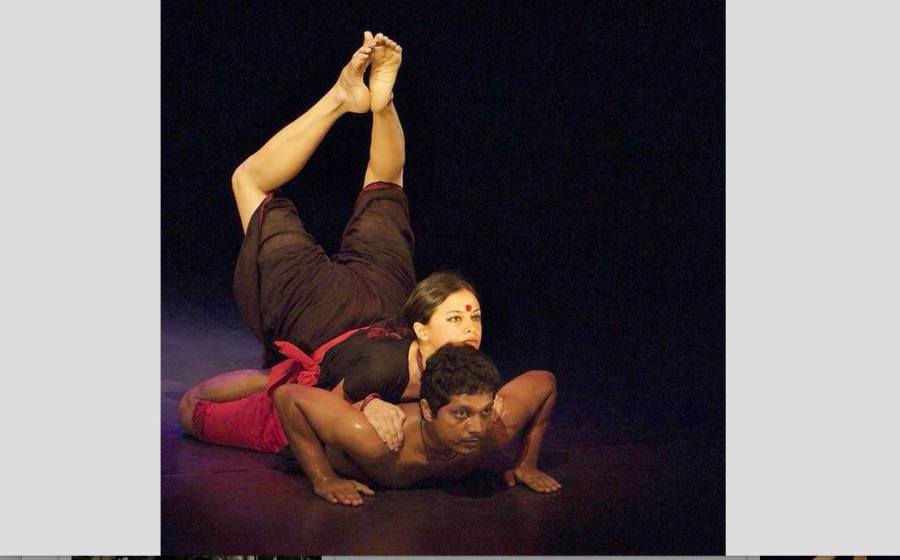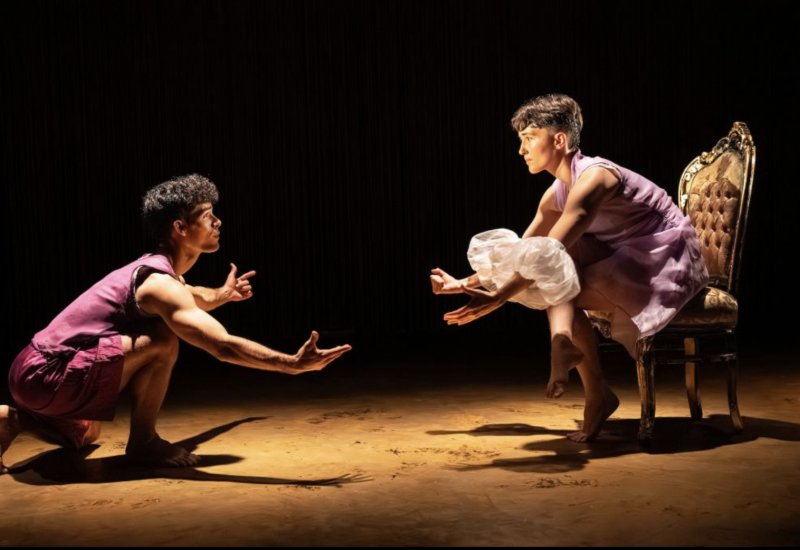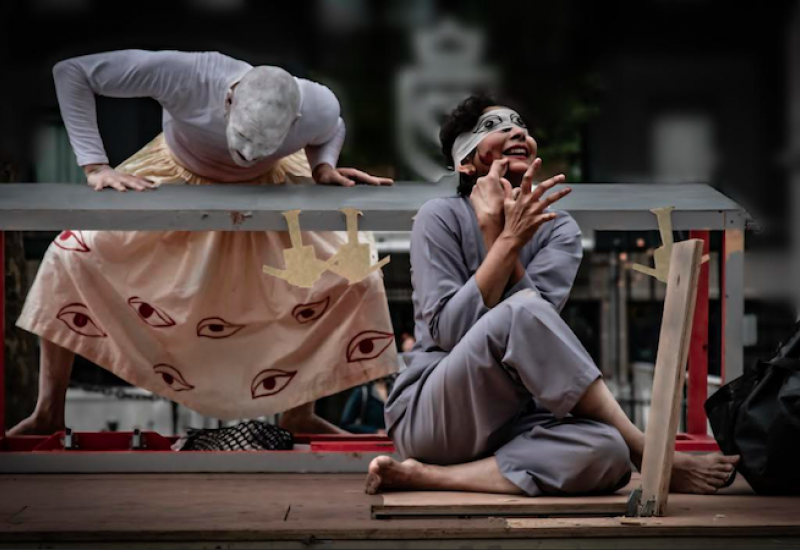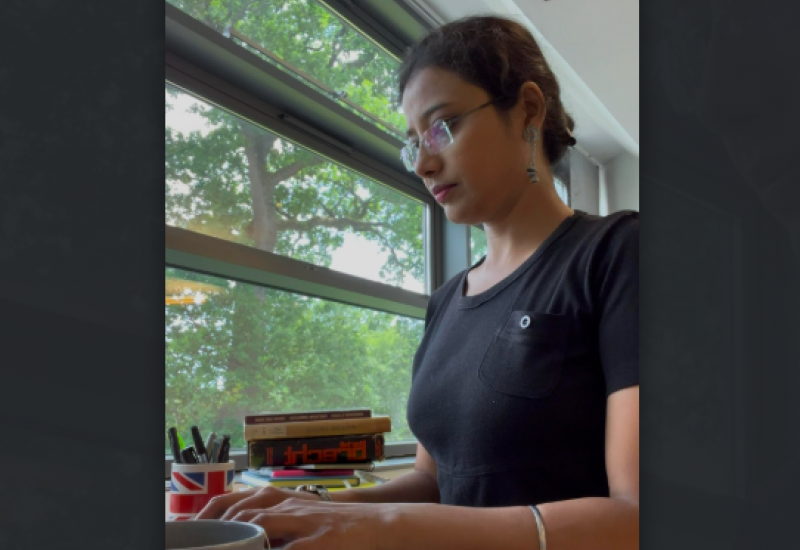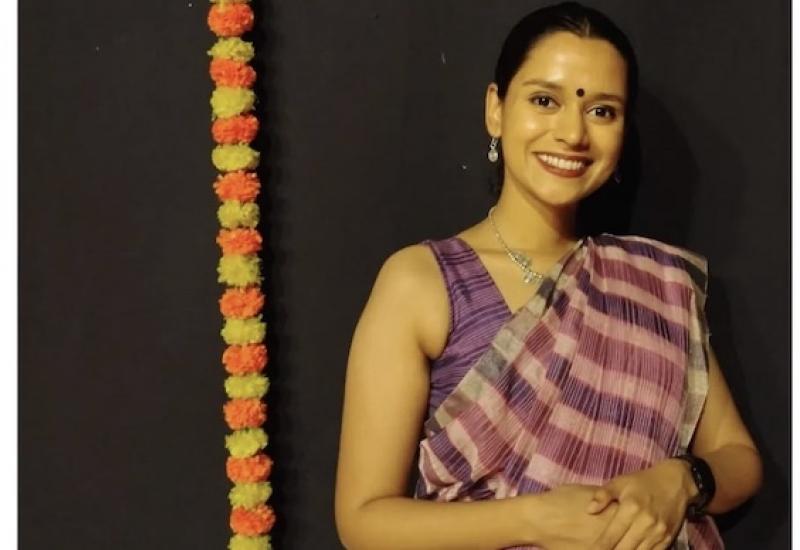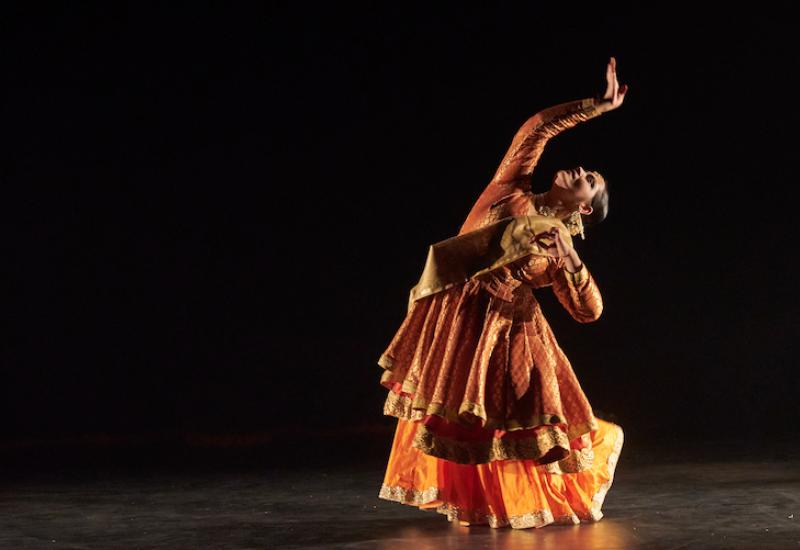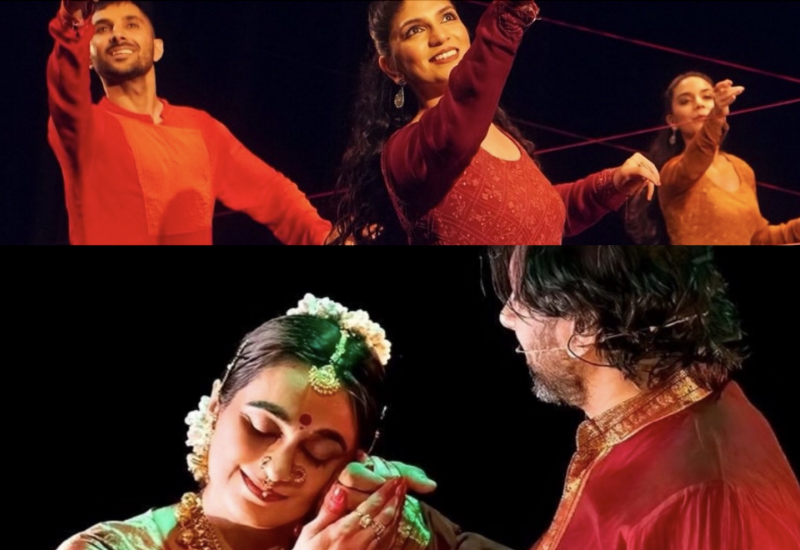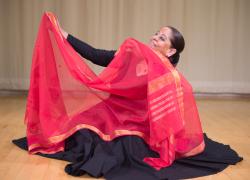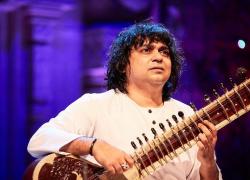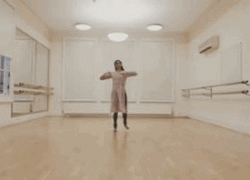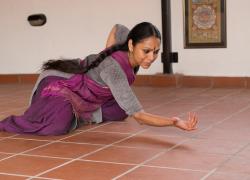Radical Classical
What stops me from perceiving my practice and my form in a radically different way, from trying things that may raise eyebrows? Is it even possible to be both a classical dancer and a radical one?
Radical Classical
“A society must assume that it is stable, but the artist must know, and he must let us know, that there is nothing stable under heaven.” - James Baldwin (1962)
Whenever I come across the rebellion, activism and audacity of artists in the 1960s, I feel both inspired and incapable. My first encounter with dance and performance as socio-political movements came during an undergraduate dissertation when I stumbled across the manifestos of postwar Japanese artists doing outrageous things. Hi Red Center was my favourite artist collective; they disrupted public spaces with quiet mischief, fake government events, and bizarre live performance. While satire and activism is a regular feature of art in our time, Hi Red Center was trying things that nobody had ever conceived of in the 1960s. What must that have felt like, to be so audacious? It felt thrilling to just be reading about it.
Now, on the other side of art and attempting to be a creator-performer, such radicalism feels less accessible to me. It sits in my mind as a relic of the past, belonging to those decades when systems were easier to break and when activism was the driving force for art. This is not to dismiss those artists that are working radically now but personally I feel far away from being able to make anything outrageous. It’s more of an idealist aspiration than a regular feature of my practice. Could it be, that it is actually quite difficult to be radical? What stops me from perceiving my practice and my form in a radically different way, from trying things that may raise eyebrows? Have I internalised the hierarchies that characterise bharatanatyam and succumbed to fear and safety as my compasses? Is it even possible to be both a classical dancer and a radical one?
The one and only Chandralekha comes immediately to mind. Known for her exploration into the intersection of dance and martial arts, she created radical productions that celebrated the body, both in its abstraction and in its sensuality. She urged those around to her to abandon the institutional and commercial pressures on dance and instead use dance “for the recovery of the body, of our spine, which...is a metaphor for freedom. Dance...is not a spectacle, or entertainment, or virtuosity...It is all about evoking human energy and dignity in an increasingly brutalising environment.” Reading one of Chandralekha’s essays makes me reconsider the possibilities for activism within my practice; perhaps it does just begin at home, in the body. There’s ample work yet to do, to decolonise my body from a conditioning rooted in white patriarchal capitalism. Or perhaps this slow and steady approach is just another sign of my disinclination towards radicalism.
I wonder what my idols from the 60s would say.

